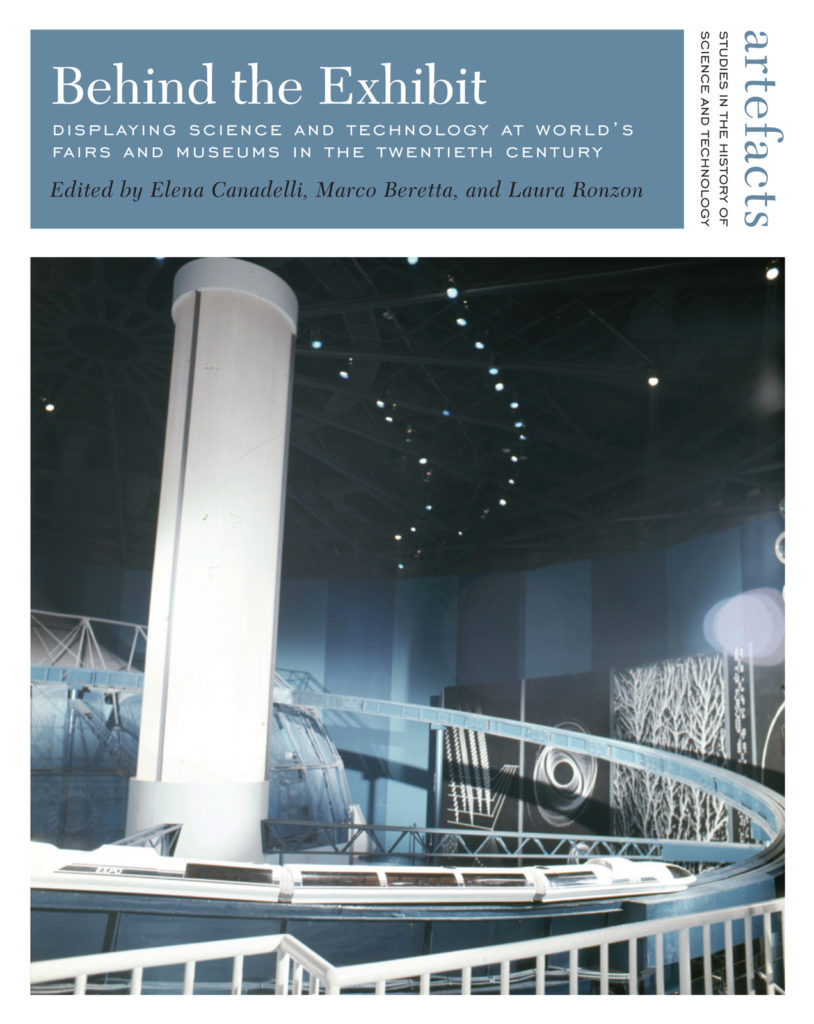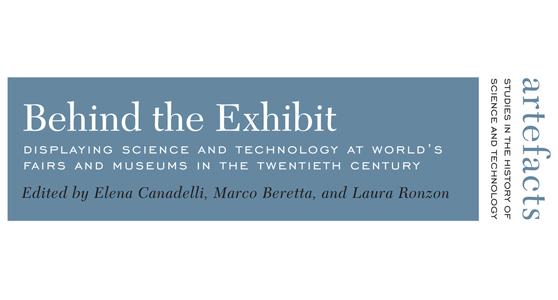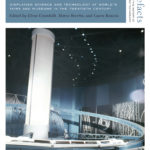Review: Behind the Exhibit: Displaying Science and Technology at the World’s Fairs and Museums in the Twentieth Century
Article DOI: https://dx.doi.org/10.15180/201302
Keywords
Artefacts, Communication, Conference, exhibitions, Exhibits, History, Interpretation, public, science, Technology
Review: Behind the Exhibit: Displaying Science and Technology at the World’s Fairs and Museums in the Twentieth Century, edited by Elena Canadelli, Marco Beretta and Laura Ronzon, Smithsonian Institution, Scholarly Press, 2019
https://dx.doi.org/10.15180/201302/002This recent publication is from a series that originates out of the Artefacts association’s conferences. The book begins with a preface to the series introducing the two stated goals: ‘to encourage effective use of objects in the studies of history of science and technology…and to bring together curators and academic historians.’ (Finn, 2019). This particular volume is from Artefacts 12 and seeks to examine the complex tensions and synergies in the public display of scientific collections in the twentieth century across science museums, international and national exhibitions and fairs. There are twelve essays organised into three sections: Nineteenth Century Legacy: History and Heroes; Rethinking Science Display: Interwar Exhibitions; and Postwar Exhibitions: What is the Role of Artifacts? These sections are preceded by an introduction by the editors and drawn together in conclusion by Professor Robert Friedel, University of Maryland.

The first two essays of the book examine the legacy of the nineteenth-century exhibitions and their alignment and use in narratives of nationhood. The ability for exhibitions to use objects to strengthen national identity is a feature of many of the articles in this book but in this first section using ‘personalities’ as a focus for display is emphasised. The emergence in the use of collection objects is examined particularly in the first essay where the instruments and documents relating to the history of French chemists in the 1900 World Exhibition in Paris prompted conversations around a permanent form of display.
The middle section of the publication is the largest and examines the inter-war period across six essays. Unsurprisingly, the focus on nationalism is powerful here as many of the authors explain how exhibitions and displays became the tools of various nations to assert their dominance and reinforce their identity. This section of the book has a strong Italian flavour but is complemented by case studies in Spain, the USA and France. Of particular interest is the debate that arises in the essays over changes in audience engagement with the perennial tension between didactic displays and more engaging presentations. Above the now-familiar debate around ‘dumbing down’ displays are some interesting dissections concerning the position of collections objects in the communication of theoretical scientific principles and contemporary science.
The final section of the publication brings the debate into the Space Age and concentrates on the use of this new frontier in the context of the Cold War. Again, exhibitions and displays are drawn into a struggle of national dominance and the broader debate about different approaches to interpretation is at the fore. In an echo of the first section of the book, the influence of world fairs on the establishment of permanent science museums/centres is examined and how national priorities can change the prominence and interpretation that domestic displays can take.
The book is well structured and easy for the reader to navigate. Its chronological order, with the latter essays picking up on themes and events in earlier articles, helps to draw the reader through some of the unifying themes despite the specificity of the individual pieces. The introduction admirably brings together the collections of essays, framing their inclusion in the publication and drawing out some universal ideas. For a general reader, one could imagine it might be tempting to pair the introduction with the conclusion, dipping into the various essays that hold interest or relevance rather than read the book cover to cover. Of course, the specificity of the essays reflects their origin as conference papers in a specialised field. Perhaps, a broader more general publication on the subject of science and technology displays in the twentieth century would provide a good precursor to this publication. That said, each of the essays is well formulated and argued, providing interesting if niche insights into the topic. The book certainly surprises with gems of knowledge that one would be hard-pressed to come across elsewhere and gives interesting concepts to consider in today’s interpretive practice.


